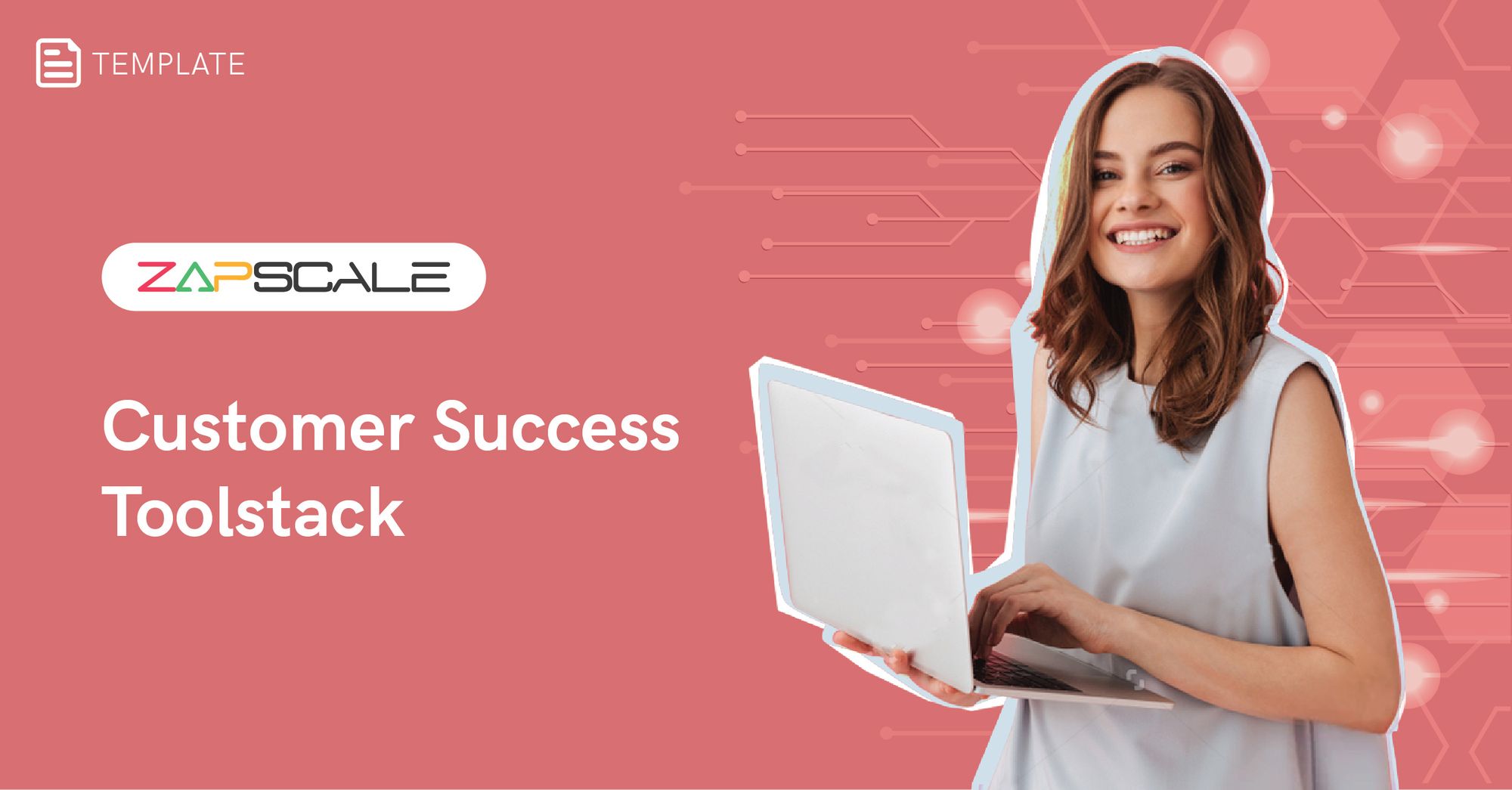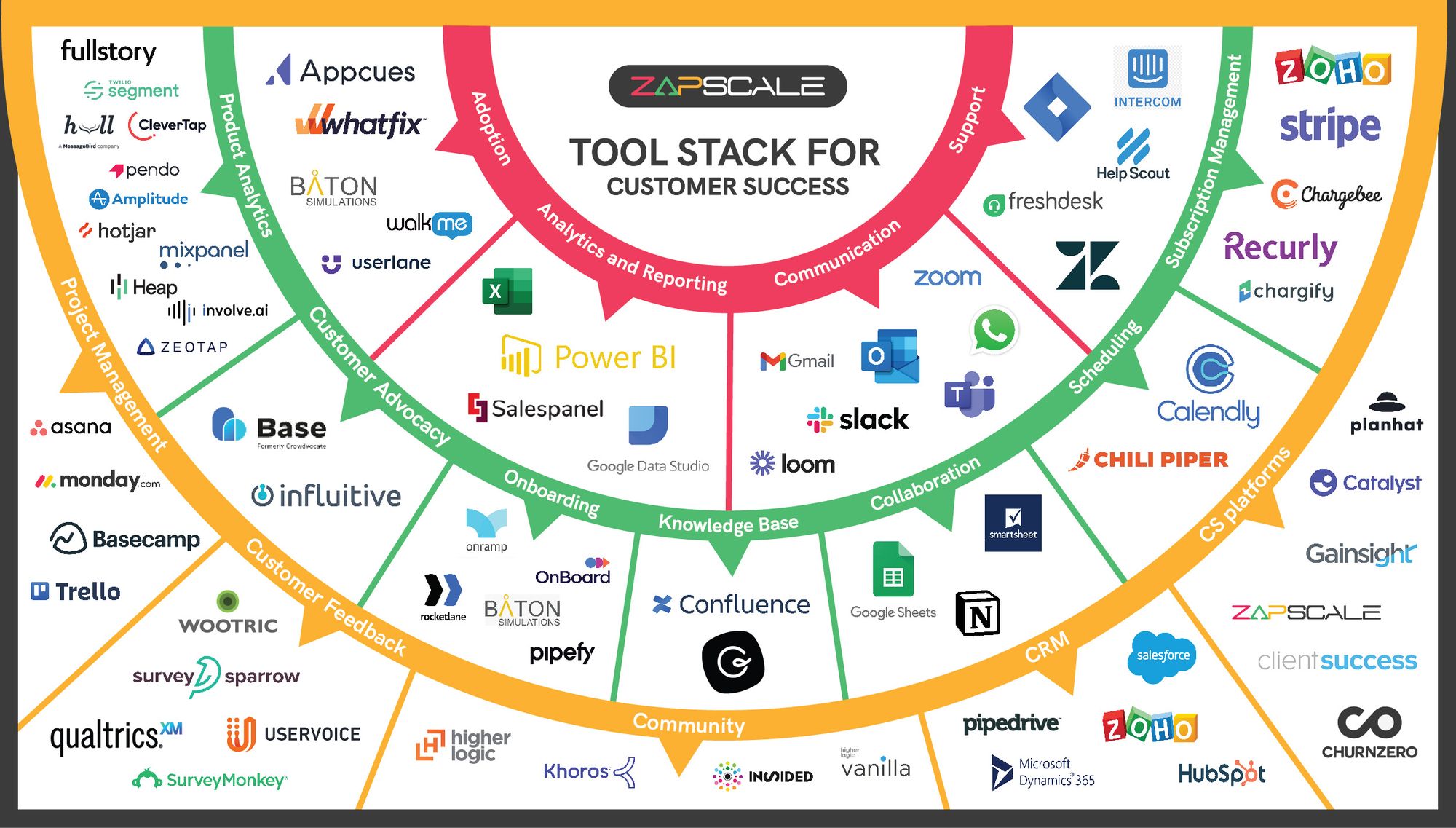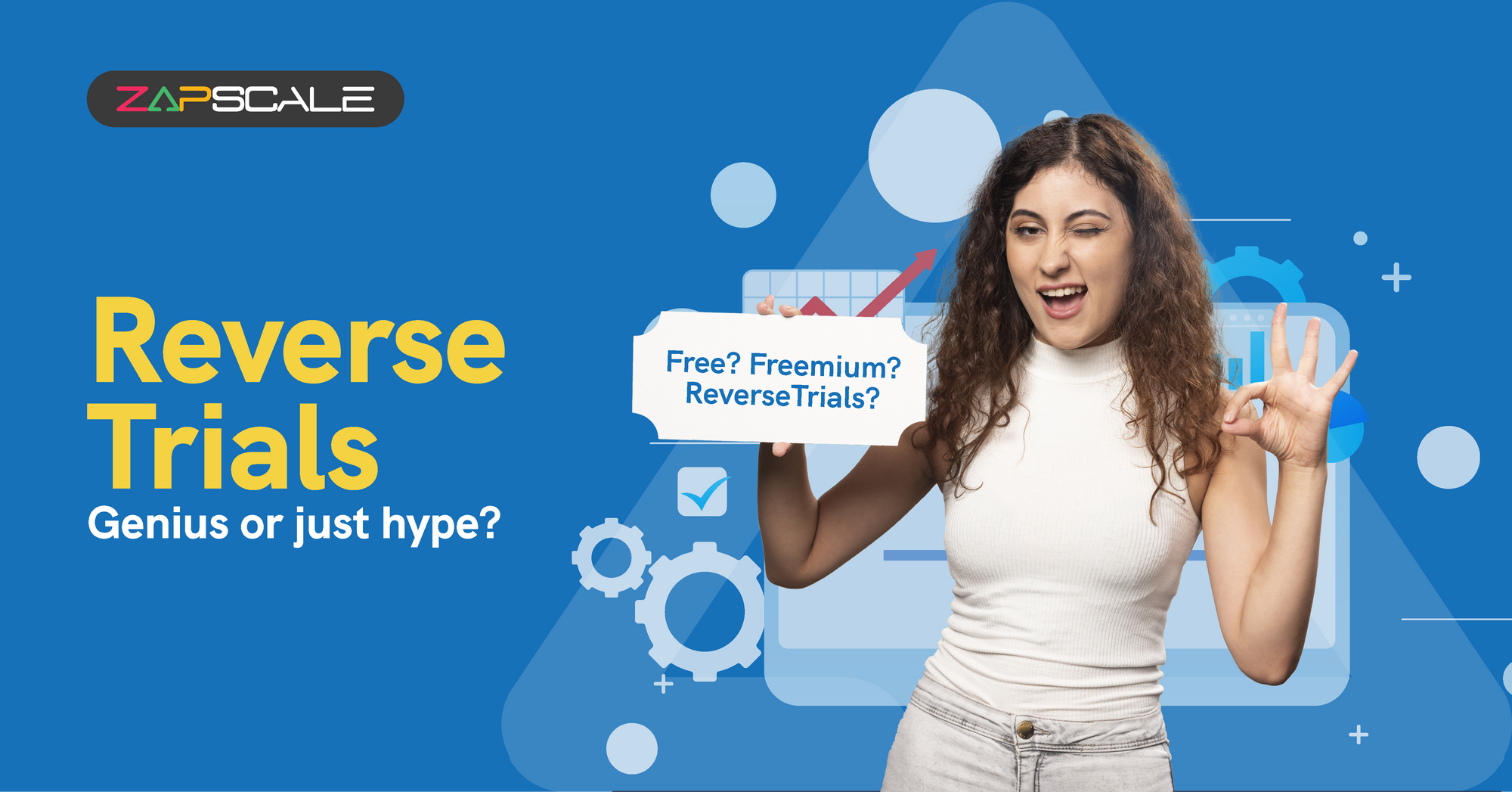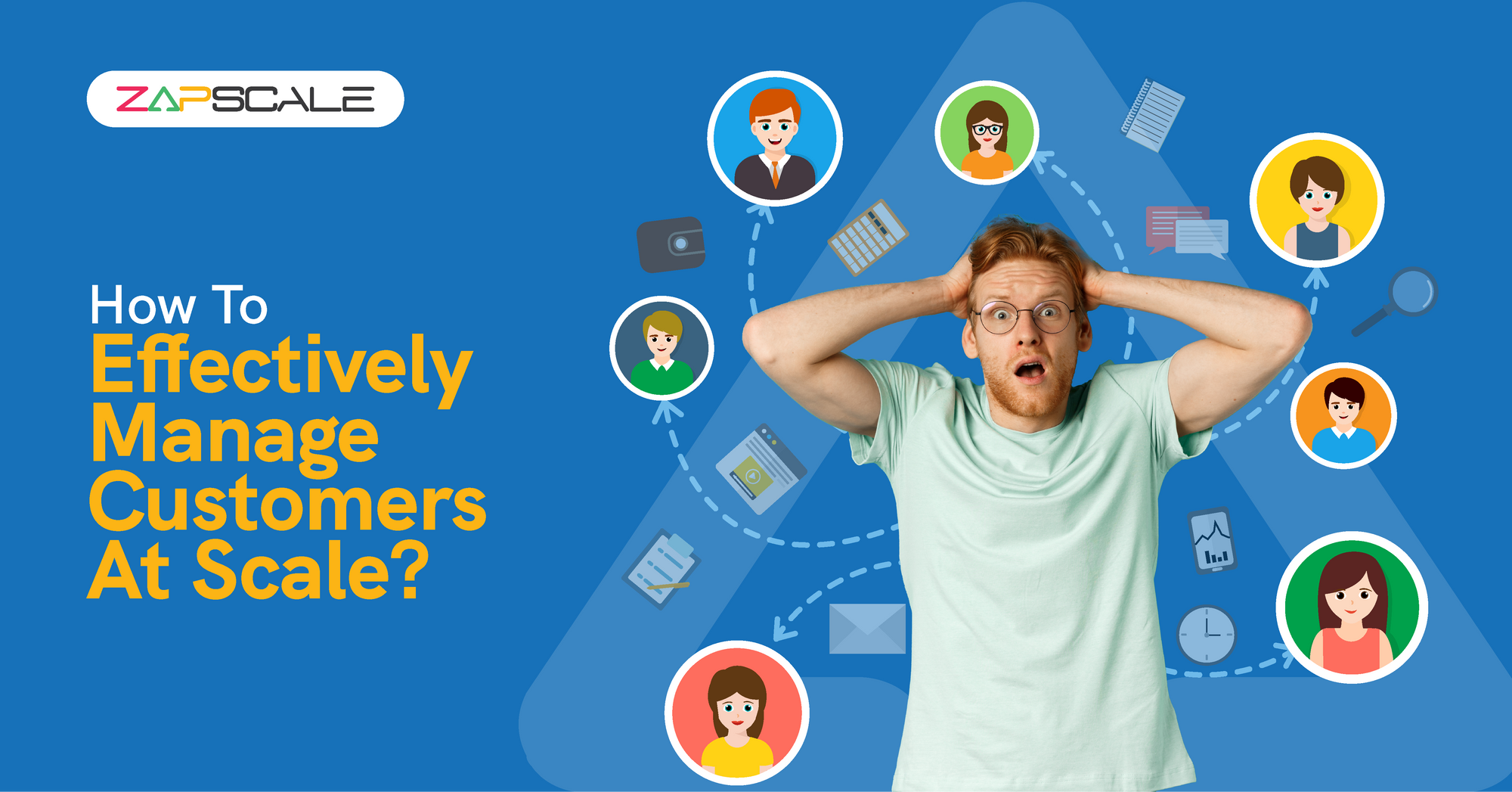CATEGORY > Customer Success Management
The Technology Stack For Customer Success

Introduction
Customer success can transform a SaaS business.
For a SaaS business to achieve long-term sustainable growth, it is imperative to improve customer retention, provide high customer value, improve Net Renevue Retention (NRR), and deliver product-led growth efficiently. That is why SaaS organizations need Customer Success.
For a customer success team to be able to help the customers achieve their desired goals, it becomes essential to track signals from all key customer interactions with the business. For this, a dedicated and well-integrated tech stack is a must-have.
What Is A Customer Success Tech Stack?
A customer success tech stack is like a toolkit for helping your customers succeed. It includes:
1. CRM systems
These help you keep track of all your interactions with customers.
2. Customer Success Platforms
These tools are specifically designed to help customer success teams monitor and improve customer health and engagement.
3. Analytical Tool
These show you important data about your customers and how they are interacting with your product.
4. Communication Tool
This is used to facilitate interactions between you and your customer, such as email, chat, and video calling platforms.
5. Onboarding & Training Software
This is for creating and managing customer onboarding processes and educational content.
6. Survey & Feedback Tools
This is to gather customer feedback and measure satisfaction.
These tools work together to help teams manage customer relationships, improve satisfaction, and drive retention.
Challenges Customer Success Teams Face In Building A Tech Stack
Here are the challenges faced by customer success teams with their tech stack:
1. Integration Complexity
Difficulty while integrating new tools with existing systems can lead to data silos and inefficiencies.
2. Scalability Issues
As the company grows, it may struggle to scale efficiently, requiring additional resources and replacements.
3. Data Overload
Managing and analyzing large volumes of data from multiple sources can be challenging and may lead to insights being missed.
4. User Adoption
Ensuring that team members fully utilize the tech stack can be challenging, often due to inadequate training or resistance to change.
Best Practices For Building A CS Tech Stack
Building a tech stack for customer success is essential for enhancing customer satisfaction and growth. To ensure you make the right choices, here are some key practices to consider:
1. Ensure Easy Integration
Choose tools that seamlessly integrate with your existing software, like CRM (Salesforce, HubSpot), customer success software (ZapScale, Gainsight), product analytics tools (Mixpanel, Amplitude), and marketing tools (Marketo, Mailchimp). This connectivity is crucial for a unified view of customer interactions and data management.
2. Plan For Stability
Select tools that can grow with your business.
Consider how they handle the increasing number of customers, customer accounts, and workflow automation needs as you scale. Ensure that your tech stack can accommodate future growth without requiring major overhauls.
3. Access Comprehensive Data
Opt for solutions that provide visibility into all stages of the customer journey. Tools should support data collection and management from onboarding to renewal, allowing for a complete view of customer interactions. This holistic data access helps in crafting targeted and effective customer success strategies.

4. Monitor Customer Engagement
Use tools that offer robust engagement tracking features.
Real-time dashboard and reporting on metrics like onboarding rates and satisfaction scores help you proactively manage customer success. Effective engagement tracking enables time interventions to enhance the customer experience.
5. Implement Health Scoring
Incorporate tools that support customer health scoring. These tools aggregate key performance indicators to assess whether customers are on track for renewal or at risk of churn, enabling targeted actions to improve retention. Regular reviews of health scores help you focus efforts where they are needed the most.

Let’s take a look at the technology stack for Customer Success:

As a customer success manager, it is important for you to have the right tools to gain a comprehensive view of your customers to further drive customer success. We hope this tech stack was helpful for you, please feel free to save this image for future reference.
FAQs
1. What features should I prioritise when choosing a customer success tool?
You should look for tools that offer seamless integration with your existing systems, support scalability as your business grows, and provide comprehensive data insights from all stages of the customer journey. Ensure they include features like engagement metric monitoring, customer health scoring, and real-time reporting to effectively manage and enhance customer success.
2. How important is integration capability in a customer success tool?
Integration capability is essential because it allows the tool to work seamlessly with other systems you use, such as CRM (Salesforce, HubSpot), customer success software (ZapScale, Gainsight), marketing platforms (Marketo, HubSpot), and communication tools (Slack, Intercom). This integration ensures a unified view of customer data, helping you make informed decisions and improve overall customer success strategies.
3. What should I consider regarding the scalability of a customer success tool?
When evaluating scalability for customer success too, consider how well the tool can handle increased data and customer volume as your company grows. Check if it supports adding more customer accounts and customers, offers flexible pricing plans for scaling up, and includes features such as workflow automation to efficiently manage larger operations.
ABOUT THE AUTHOR
Popular from Customer Success Management
Quality Content,
Straight To Your Inbox!
Subscribe for the latest blogs, podcasts, webinars, and events!

Write a Blog
If you have experience in CS and
a flair for writing, we’d love to
feature you.
Write to us on
hello@zapscale.com





